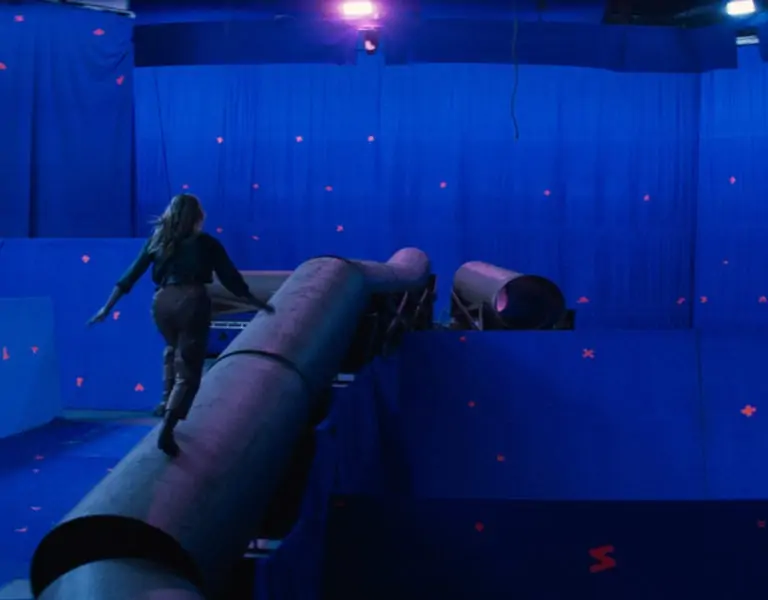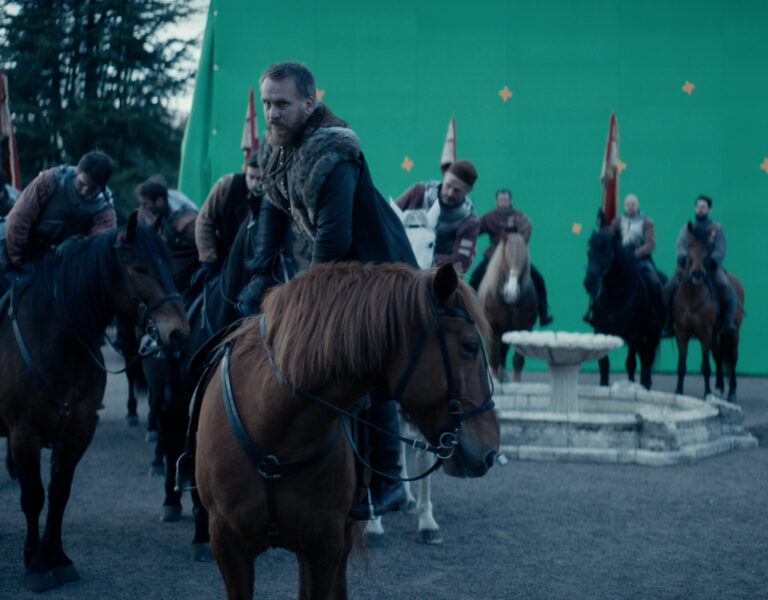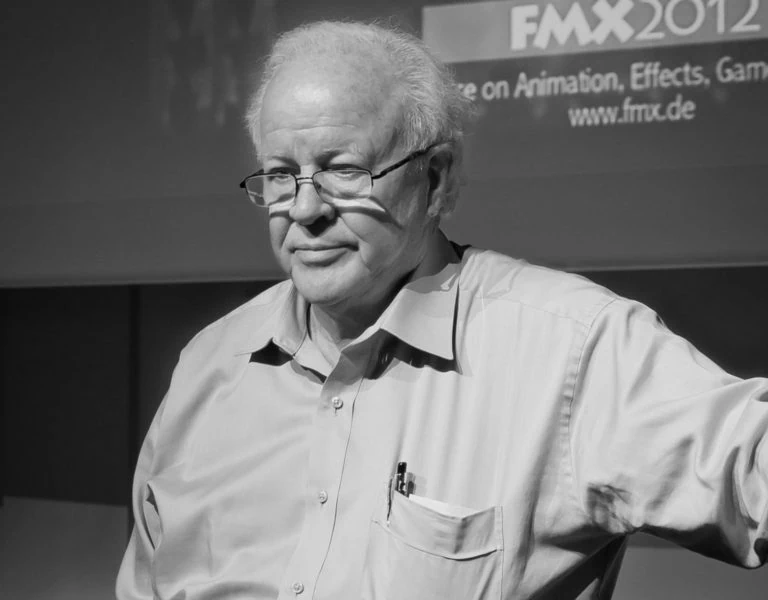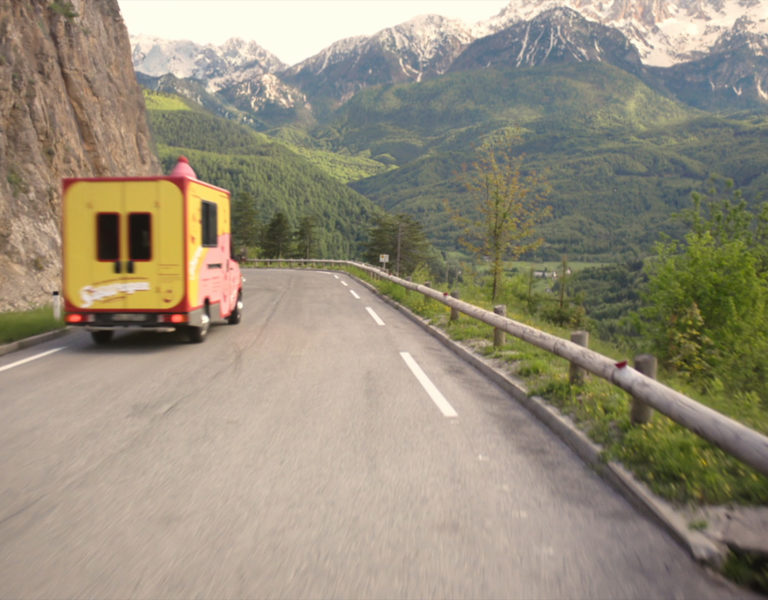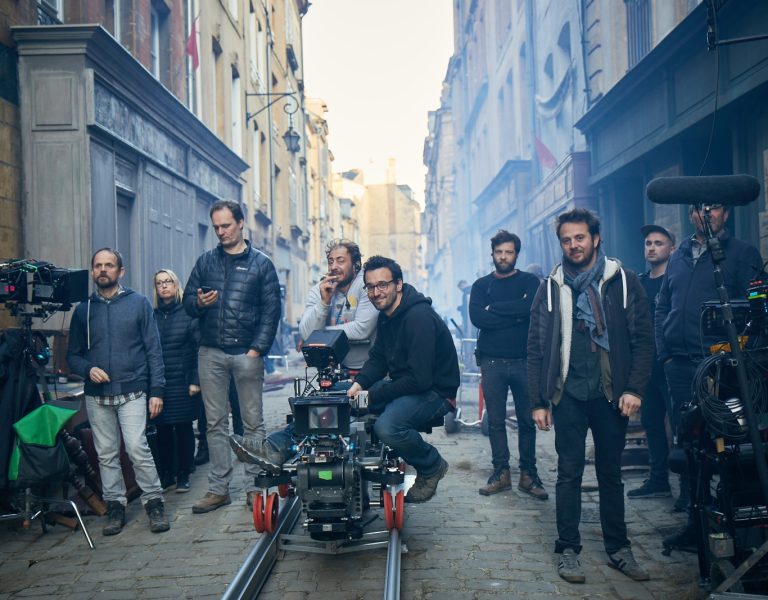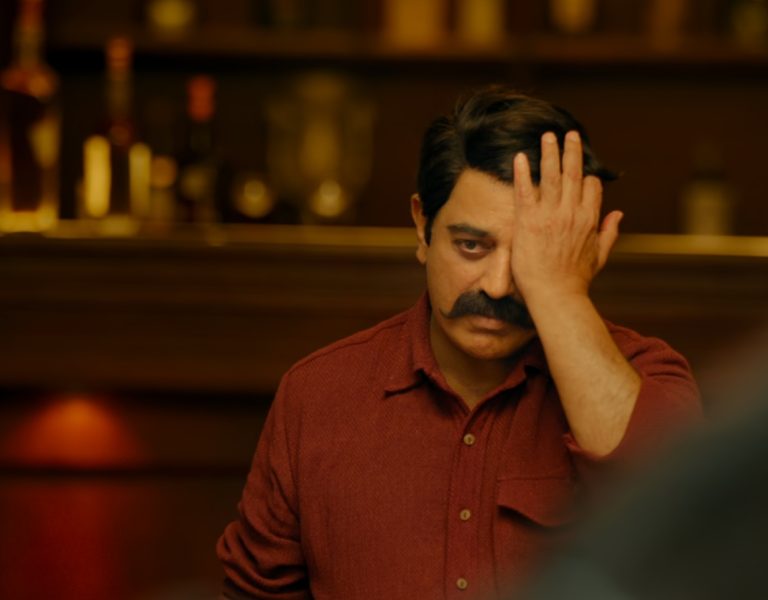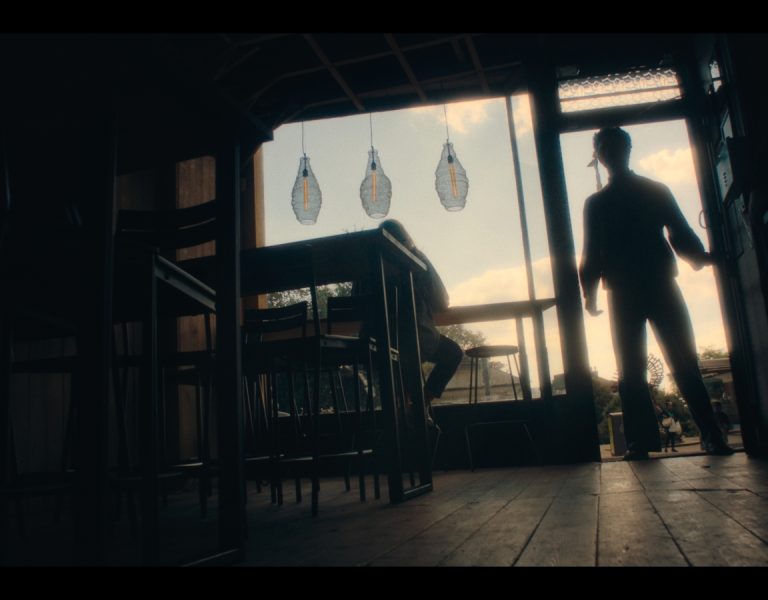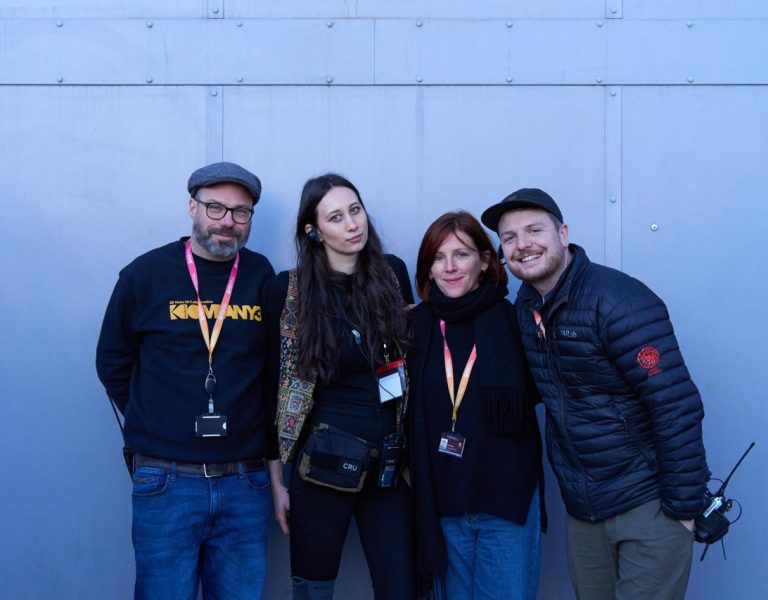DNEG’s VFX supervisors Fabricio Baessa and Francois Lambert reveal how they painstakingly recreated historical planes and ships and crafted some jaw-dropping war sequences for J.D. Dillard’s Devotion.
2022 has been a bumper year for high-flying filmmaking. Following in the vapour trails of May’s Top Gun: Maverick is Devotion, an action-packed war drama based on the breath-taking true story of pilot Jesse L. Brown (played by Jonathan Majors) and his wingman, Thomas Hudner (Glen Powell). Devotion was lensed by Erik Messerschmidt ASC, while looking after the Korean War-set project’s VFX was DNEG. DNEG’s VFX supervisors Fabricio Baessa and Francois Lambert take us behind the scenes on their work for the film – strap in!
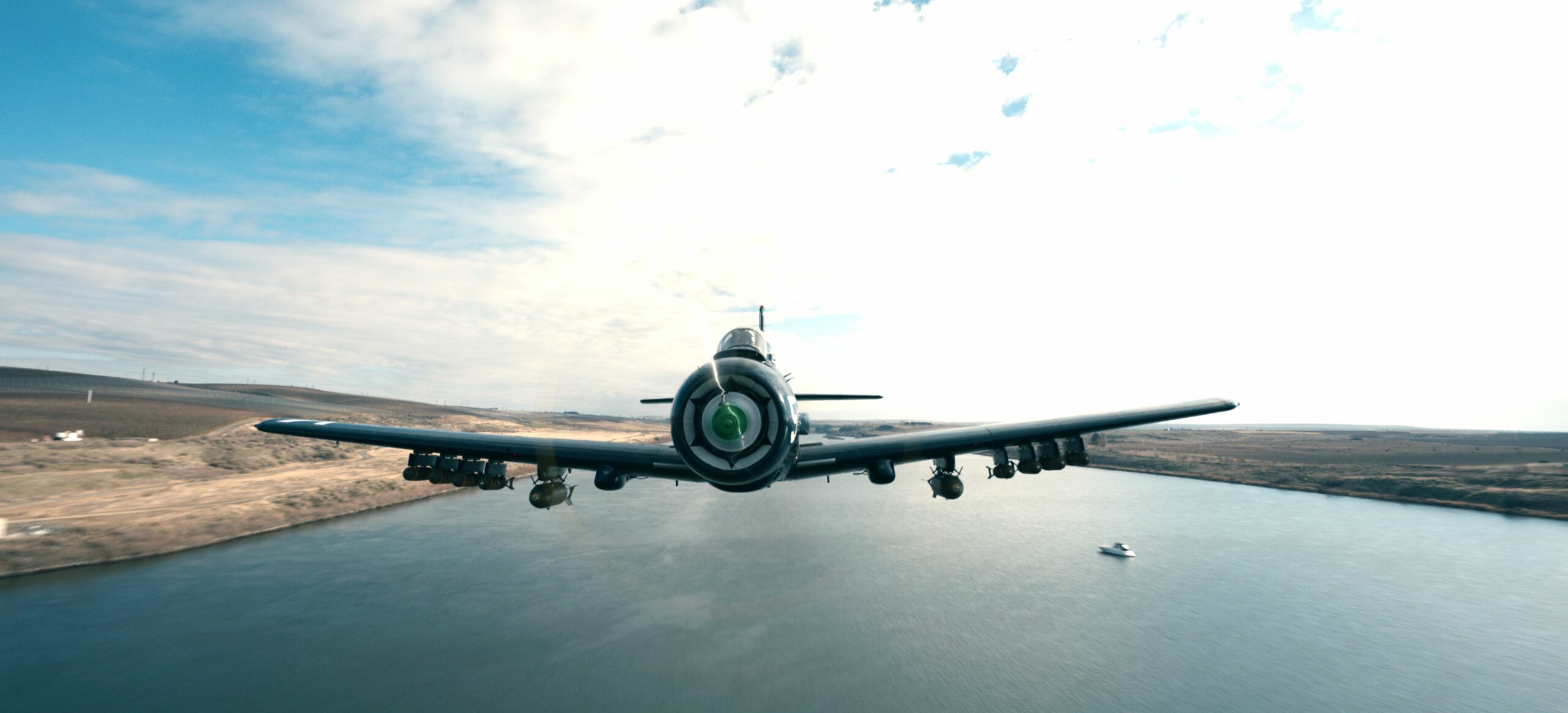
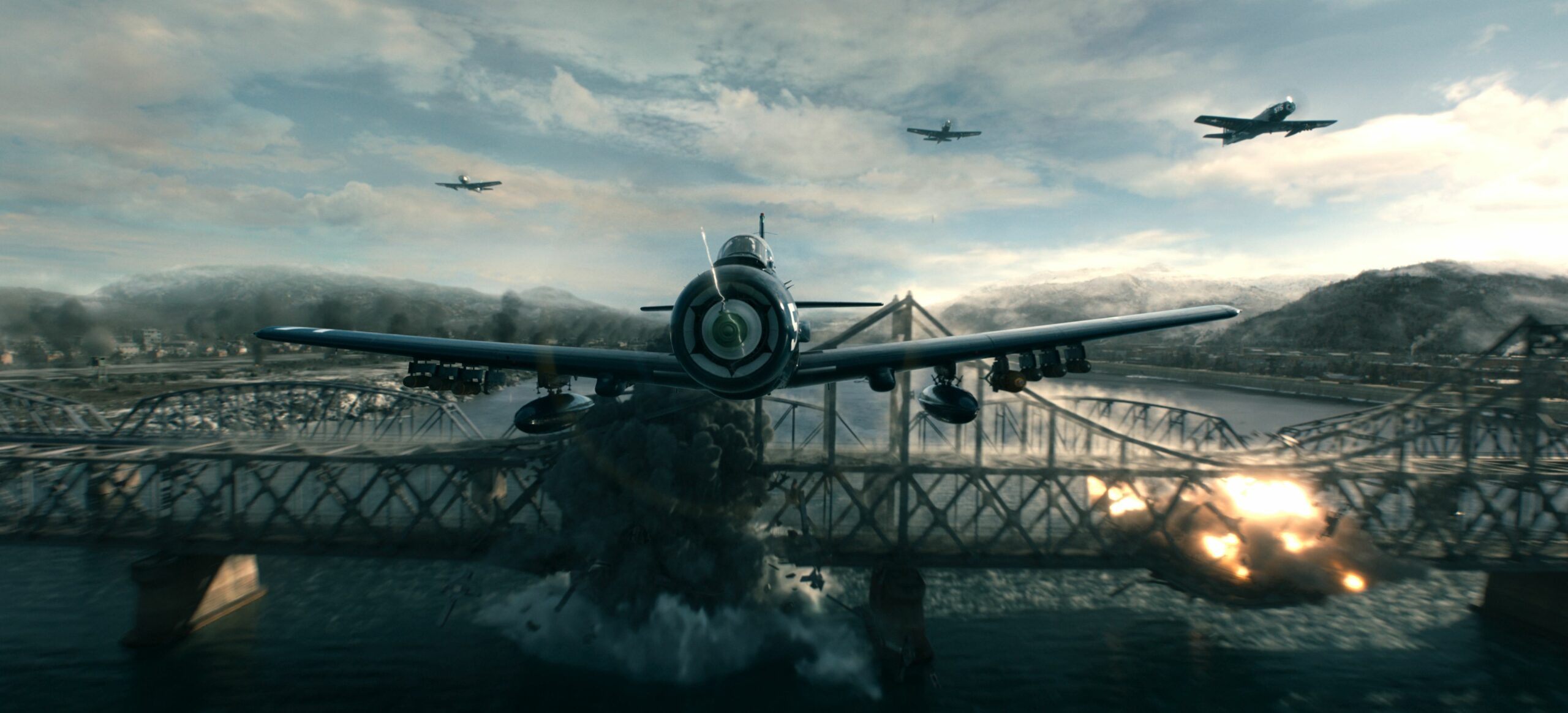
When did your work on Devotion begin and end?
Fabricio Baessa (FB): I started on Devotion at the beginning of October 2021 and I personally wrapped on the project around February 2022.
Francois Lambert (FL): I started to get involved in the project at the beginning of February 2022 and I took over the VFX supervision until June 2022.
Who were the key members of DNEG’s team working on Devotion and what were their roles?
FB: DNEG had a big team on this project from around the world. Brian Connor served as Overall VFX Supervisor while Francois Lambert and I were DNEG’s VFX supervisors. Asha Joseph and Blair Brownlee served as DNEG’s VFX producers. We also had a talented roster of other supervisors from Environment, Animation, Layout, CG, CFX, Concept Art, etc. that made this project the massive success it was.
FL: And our DFX supervisors were Francois Madere and Nicolas Dumay, with Marc Smith and Bartlomiej Olejniczak as our CG supervisors.
What was your collaborative process like with J.D. Dillard? What was his vision for the VFX and how did DNEG help him achieve that?
FB: J.D. is an amazing director with tremendous knowledge about the subject of this film, and on top of that, overall simply is a very nice person. He always sets ambitious expectations, which makes it a real challenge for himself and the VFX team but in a very good way. He had a very specific vision of each shot and how we could help enhance the emotional aspect of each scene. Setting the standards so high created room for us to discuss and explore in a creative way with the tools at-hand. It was a long process to properly extract, develop and bring to life all his ideas. It was an incredible journey for us in sharing, collaborating and bonding over the immersive experience we managed to deliver for the audiences on the big screen.
FL: I agree with Fabricio on this. J.D.’s knowledge with regards to aviation – he mentioned his father was a Naval aviator who flew for the Blue Angels – provided a certain level of expertise to the animation process. Our collaborative approach pushed the animators and the VFX team in portraying the Corsairs, our hero’s planes, in the most realistic way possible. The same attention to detail was brought forth in the storytelling of the Chosin Reservoir fight. In one particular scene, J.D. wanted to convey how the Corsairs saved the life of a couple of stranded US soldiers and we handcrafted the shot to the bullet hit’s placement in order to tell the story in the clearest way possible. It was an amazing collaboration and a pleasure to work with J.D.
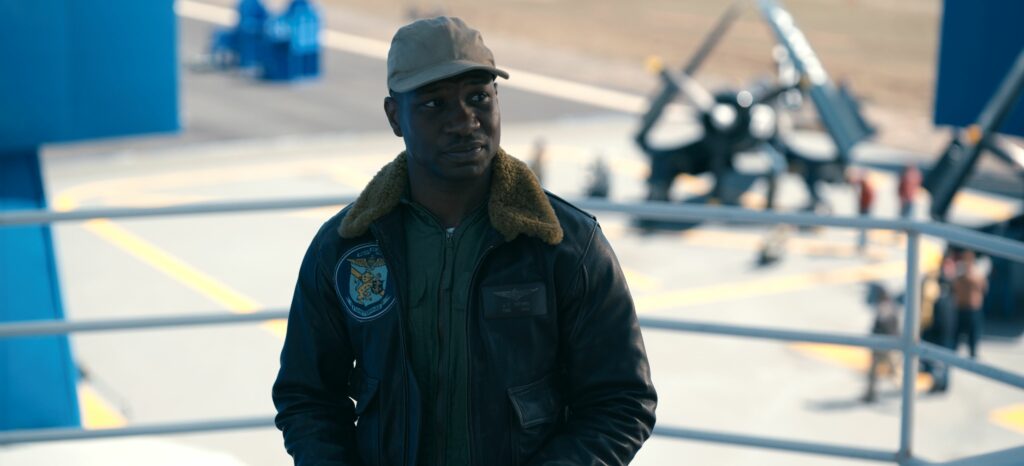
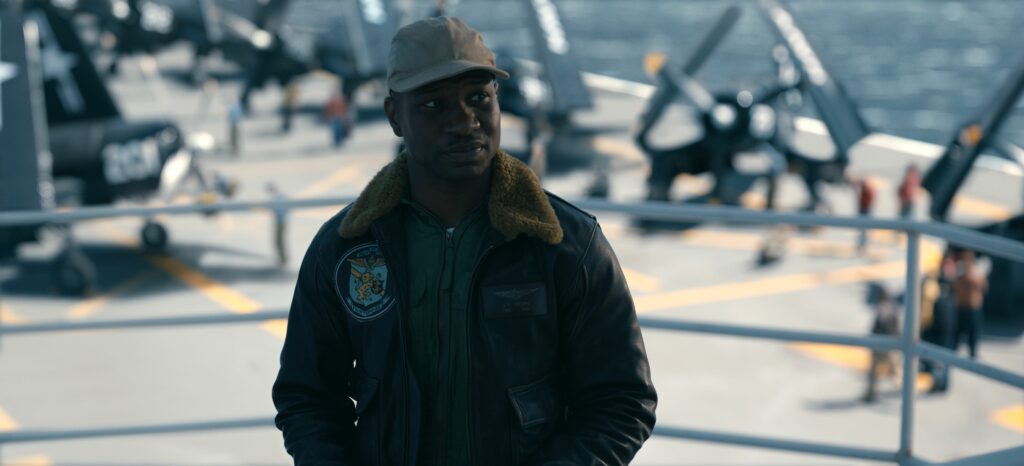
When you first heard about the project, what were you most excited about? Were you familiar with Jesse and Tom’s story before?
FB: It was love at first… read. Devotion at its core is a love story evolving around key historical events. This heightens feelings and allows the viewer and reader to become emotionally involved with the characters, invested in their journey in each moment. It also gave us a lot of opportunities as a VFX team to shine in respecting the laws of physics and maintaining the designs of the era when bringing to life these planes. These were challenges that I looked forward to from the minute I read the story.
FL: I was not familiar with the story before joining the show but I am so humbled to have been a part of preserving the legacy and telling the story of these amazing pilots. It’s good to know that the heroic acts and, most importantly, the friendship between Jesse and Tom will continue on the big screen. As for the visual effects, there was some very exciting work to do with long complex shots and, although it was challenging at times, it’s worthy to participate in a movie where our visual effects support such a compelling story.
Can you summarise the 22 sequences you worked on?
FB: Devotion had everything that you expect in terms of a war movie: ground battles, planes fighting, bombs dropping, ships in the ocean with a great deal of environment enhancement and replacement. We also had some dramatic shots on the sequences to help enhance the emotional aspect of it.
FL: The first half of the movie takes place at the US Air Base with set extensions and pilots doing flight practices. The action then moved to the USS Leyte, an aircraft carrier. This act contains CG boats and planes and a fair amount of background replacement. The last act takes place on the Korean war front. These sequences were the most challenging with a bridge destruction, dog fight, ground battle, etc. There were obviously quite a lot of sequences involving the Corsairs in action. We used real planes whenever possible and supplemented with CG ones as needed. Being a period war drama, there were also some invisible effects to remove background items or modern-day objects.
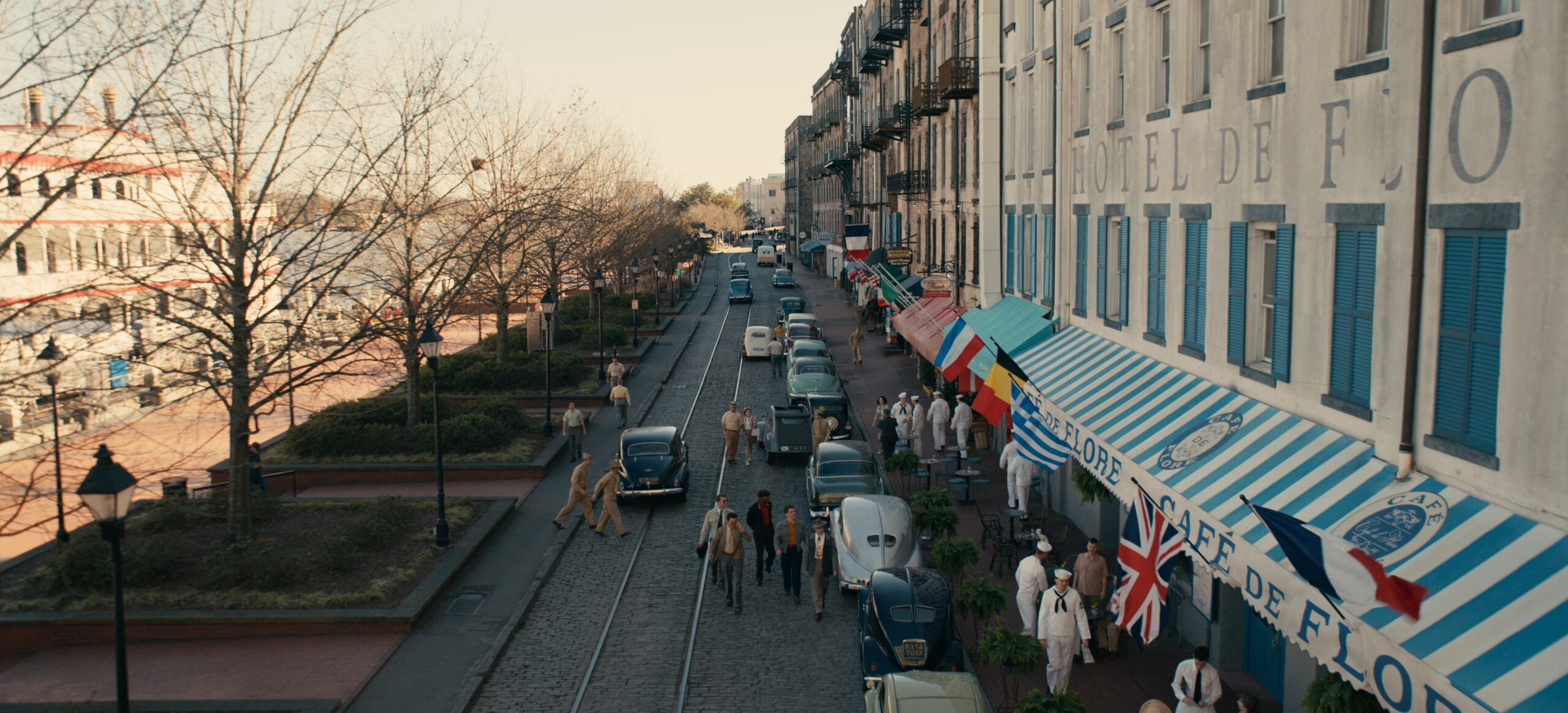
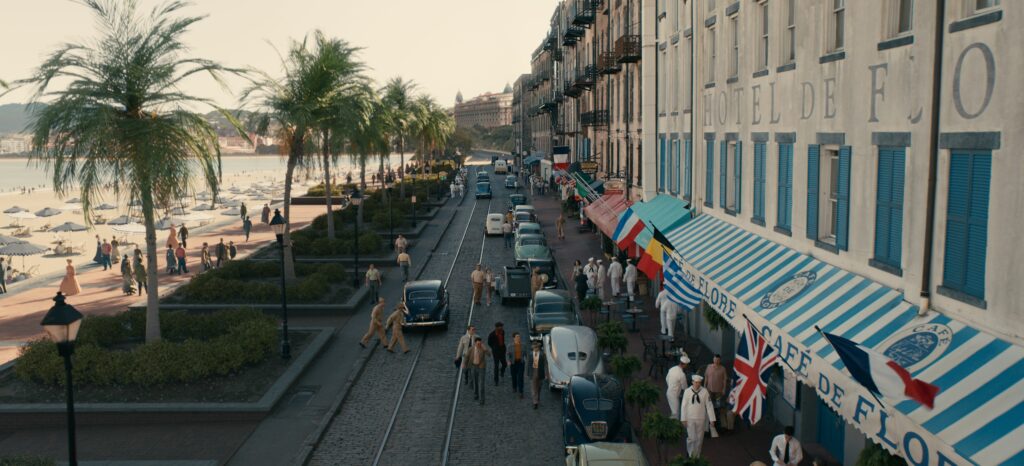
Of the sequences you worked on, which were the most challenging?
FB: I would say that the biggest challenge was the entire sequence of the planes bombing the bridge. This was a key part of the movie with many details. Starting with the movement of the planes and how they group and regroup for specific action, our target was to bring these to life while respecting the laws of physics and being realistic about how the planes looked at the time. We also considered the crossfire over the river, their reflections on the water and the correct amount of water spray to enhance the motion. It worked almost as if it was a choreography of all the elements involved.
FL: Another exciting and challenging sequence was the ‘Battle of the Chosin Reservoir’. There were some ground battle enhancements such as smoke, explosions, tracer fires and bullet hits in numerous shots. These elements were needed in order to add to the proximity of the danger for the US soldiers. Some mountain background replacement was also needed across the sequence for continuity and crowd simulation for the Chinese soldiers. The animation of the Corsairs was also key to the sequence, with two of them ultimately crashing at the climax of the film.
Which sequence took the longest to complete?
FB: I suppose that the longest to complete was the bombing of the train lines. The choreography of this sequence was extremely challenging, especially working out how to time all the elements to make it work. Having the ultimate visual result on screen was the goal and it involved looking into the smallest of details.
FL: The crashing of Tom’s Corsair took a tremendous amount of time to complete, the 3000 frames long behemoth shot has the audience sitting on the wing of the Corsair while it crashes to the ground. It uses three separate plates combined together seamlessly, CG background, CG plane and FX such as fire, dirt, snow, smoke. There were hundreds of days involved in the making and a dedicated crew of artists to achieve this feat.
Which was your favourite sequence to work on?
FB: My personal favourite is the bombing of the bridge sequence. Every frame on that sequence tells a story and was artistic like a canvas painting on the wall of a gallery. It’s visually astonishing and breathtaking down to every single detail.
FL: Well for me: it is Tom’s plane crash which is a sequence on its own. It is inspiring to have directors such as J.D. who are willing to take on this risk to create a compelling moment in their film. It challenges us as visual effects artists to embark on the task and bring this vision to life. And it is extremely rewarding to see it come together, knowing that audiences around the world will get to experience and hopefully be marvelled by it.
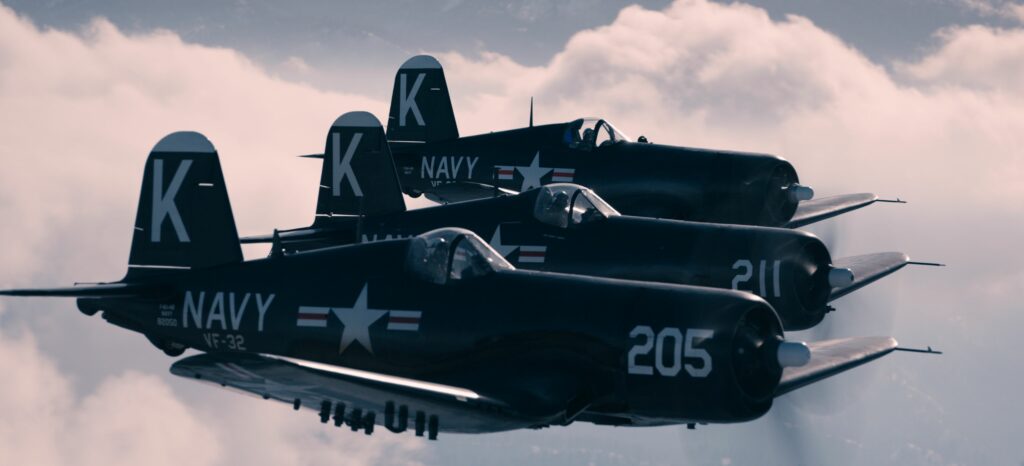
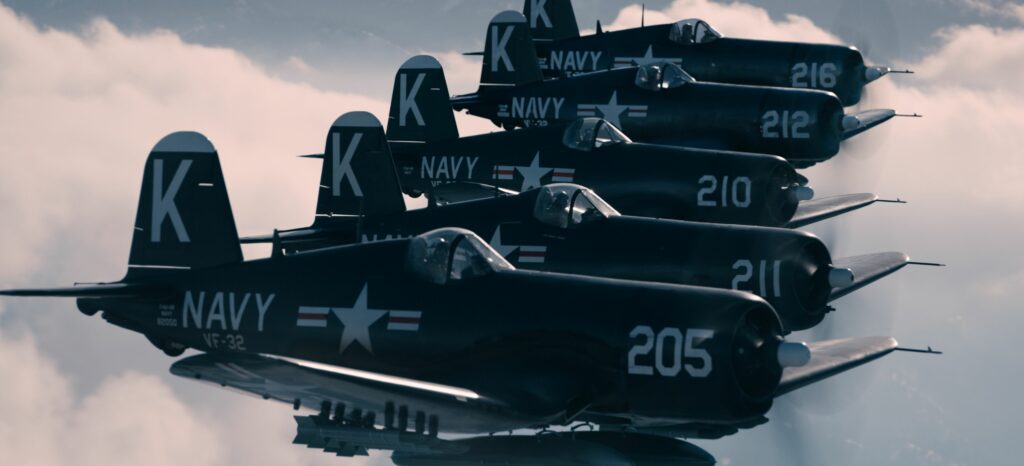
Tell us more about how the team used LED volume technology to enhance the storytelling. Which scenes? How did the actors respond to shooting in the volume?
FB: The LED volume was used so that the environments created reflected realistically into the cockpit of the planes. Similarly, for the background environment on the chase shots LED volume worked miracles. Being a new technology, everyone from the DNEG team to the actors was extremely excited with the possibilities it allowed and the impressive results generated; it felt like playing with a new toy.
FL: The result is very immersive to the actors, better than a regular green screen. The technique was used in many scenes. The sky plates were coming from principal photography using a five camera array rig attached to a helicopter, equipped with RED DSMC2 Monstro 8k cameras. The plates were then stitched together and projected onto the volume. In post-production, the addition of extra CG planes were integrated into the background of some shots for story purposes.
How did you recreate the period ships and planes for Devotion? What were the most challenging aspects of such an endeavour?
FB: When it came to the planes and ships, which are an integral part of the movie, we of course aimed to create everything to be as realistic as could be. We did our ‘studying’ using blueprints, drawings and photography to find out as much as possible about the appearance of the ships and planes of the time. Devotion is a historical film so on that premise we also had to respect the laws of physics as it was not a sci-fi or fantastical scenario. It had to look and feel real. The ‘feel’ aspect of it was extremely important because it is a heavily emotionally driven movie and this weighed in the power of the shots and played into the awe the viewer would experience. The most challenging part of all was recreating the motion, those little imperfections on the movements were the ‘key’ to making everything believable and allowing for the audience to be properly transported to that very moment in time and space.
FL: I couldn’t agree more with Fabricio on that point! The production had access to a couple of real planes and we used those for some of the action scenes. Our computer graphic Corsair had to match seamlessly with the real ones, in terms of model, textures but also with regards to animation and movement. On some occasions we have CG planes right next to the real ones on screen. And it’s the best feeling when we recreate reality to the point that we can’t see the difference.
